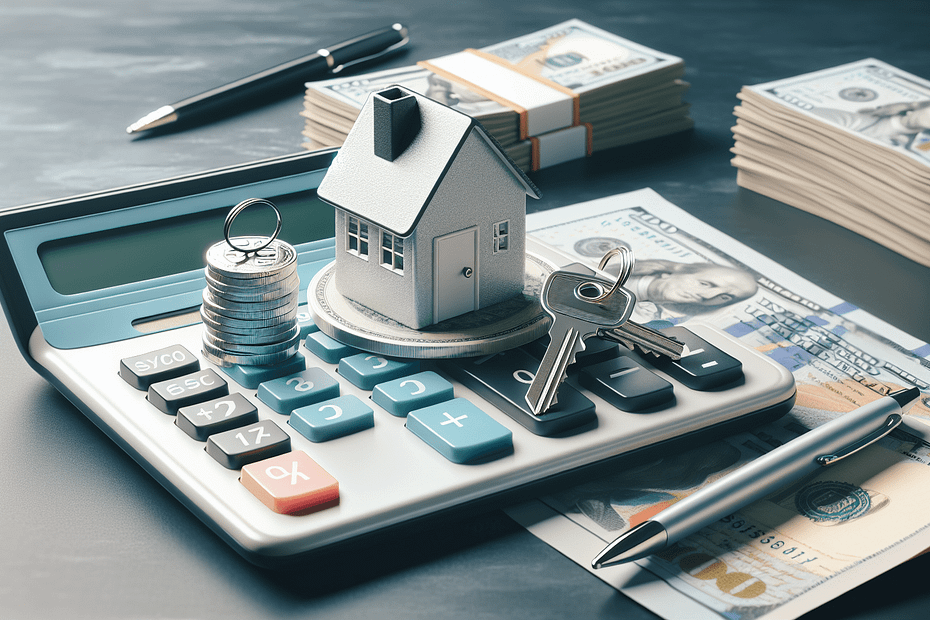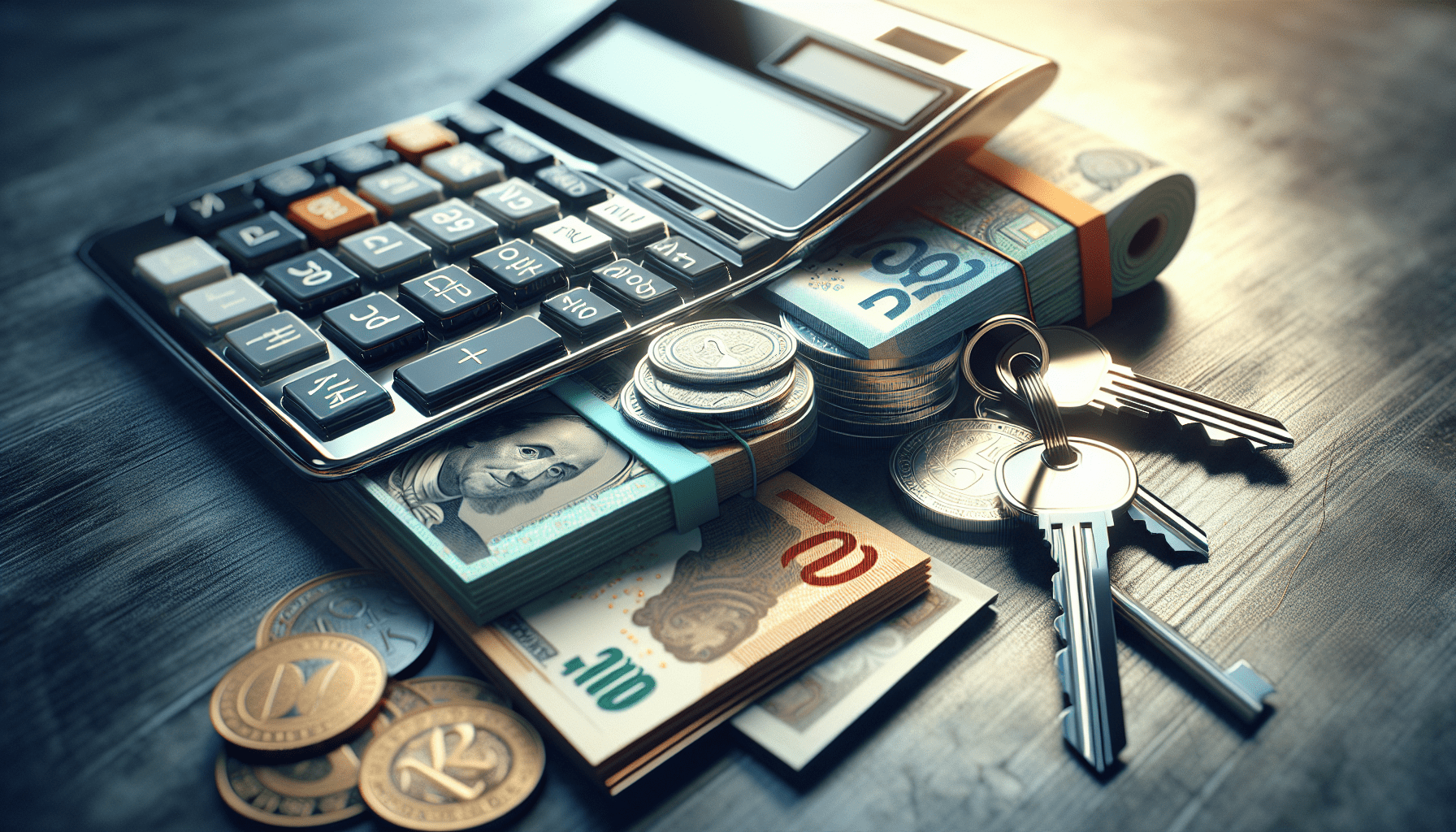Are you curious about how to determine if a rental property could be a profitable investment for you? In this article, we will explore the key factors you need to consider when calculating the potential profitability of a rental property. By understanding these important metrics, you will be able to make informed decisions and maximize your financial returns. Whether you are a seasoned real estate investor or a first-time landlord, this guide will help you evaluate the income potential of a rental property and decide if it is the right choice for you. How To Calculate The Potential Profitability Of A Rental Property?
Have you ever considered investing in rental properties but hesitated because you weren’t sure how to determine if it would be profitable? You’re not alone! Calculating the potential profitability of a rental property can seem daunting at first, but with the right tools and knowledge, you can make an informed decision. In this article, we will break down the key factors you need to consider and the calculations you need to make to determine the potential profitability of a rental property. Let’s get started!
Understanding Rental Property Investment
Before we dive into the nitty-gritty of calculating potential profitability, let’s first understand what it means to invest in a rental property. Investing in rental properties involves purchasing real estate with the intention of generating income through renting out the property to tenants. The goal is to earn a return on your investment through rental income and potential appreciation in the property’s value over time.
Investing in rental properties can be a lucrative venture if done right, but it’s essential to thoroughly analyze the financial aspects of the investment before making a purchase. Now, let’s explore the key factors that can impact the potential profitability of a rental property.
Key Factors Affecting Rental Property Profitability
Several factors can influence the profitability of a rental property, and it’s crucial to consider each one carefully before making an investment. To determine the potential profitability of a rental property, you need to look at factors such as location, property type, rental income, expenses, and financing. Let’s break down these key factors further.
Location
The location of a rental property plays a significant role in its potential profitability. Properties located in desirable neighborhoods with low crime rates, good schools, and easy access to amenities are likely to attract high-quality tenants and command higher rental rates. On the other hand, properties in less desirable neighborhoods may have lower rental rates and higher vacancy rates.
When evaluating the location of a rental property, consider factors such as proximity to public transportation, shopping centers, schools, and employment centers. Additionally, research the rental market in the area to understand the demand for rental properties and average rental rates. A property in a prime location is more likely to attract long-term tenants, resulting in a more stable income stream.
Property Type
The type of property you invest in can also impact its potential profitability. Common types of rental properties include single-family homes, multi-family homes, and apartment buildings. Single-family homes are typically easier to manage but may have lower rental income potential compared to multi-family homes or apartment buildings.
Multi-family homes and apartment buildings tend to generate higher rental income but come with additional expenses and management responsibilities. When deciding on the type of property to invest in, consider your budget, investment goals, and ability to manage the property effectively.
Rental Income
One of the most critical factors in determining the potential profitability of a rental property is the rental income it can generate. The rental income is the amount of money you receive from tenants in exchange for allowing them to occupy your property. This income is a crucial source of revenue that will contribute to the property’s overall profitability.
When calculating the rental income of a property, consider factors such as the current market rental rates, vacancy rates, and rental demand in the area. Evaluate comparable rental properties to determine an appropriate rental rate for your property. Additionally, factor in potential rent increases over time to estimate future rental income.
Expenses
In addition to rental income, you need to consider the expenses associated with owning and managing a rental property. Common expenses include property taxes, insurance, maintenance, repairs, utilities, property management fees, and vacancies. These expenses can vary depending on the property type, location, and size.
Before investing in a rental property, create a detailed budget that outlines all the expenses you expect to incur. Make sure to account for unexpected expenses and allocate funds for a reserve fund to cover emergencies. By accurately estimating your expenses, you can better assess the potential profitability of the property.
Financing
Another crucial factor to consider when calculating the potential profitability of a rental property is the financing arrangement. If you plan to finance the purchase of the property with a mortgage, you need to calculate the monthly mortgage payments, down payment, interest rates, and loan terms. The financing terms can significantly impact the property’s cash flow and overall profitability.
When determining the financing for a rental property, consider factors such as the loan type (fixed-rate or adjustable-rate), loan-to-value ratio, and debt-service coverage ratio. Evaluate different financing options to find the most cost-effective solution that aligns with your investment goals. A well-thought-out financing arrangement can help maximize the potential profitability of the rental property.
Calculating Potential Rental Property Profitability
Now that we’ve covered the key factors that can impact the potential profitability of a rental property, let’s delve into the calculations you need to make to determine if an investment is financially viable. To assess the potential profitability of a rental property, you need to calculate key financial metrics such as cash-on-cash return, cap rate, net operating income (NOI), and return on investment (ROI).
Cash-On-Cash Return
Cash-on-cash return is a financial metric that measures the annual pre-tax return on the cash invested in a rental property. To calculate the cash-on-cash return, divide the annual pre-tax cash flow by the total cash investment (down payment, closing costs, and renovation expenses) and express the result as a percentage.
Cash-on-cash return = (Annual Pre-Tax Cash Flow / Total Cash Investment) x 100
For example, if you expect to generate $10,000 in annual pre-tax cash flow from a rental property with a total cash investment of $100,000, the cash-on-cash return would be:
Cash-on-cash return = ($10,000 / $100,000) x 100 = 10%
A higher cash-on-cash return indicates a more lucrative investment opportunity, as you are earning a higher return on the cash you have invested in the property.
Cap Rate
Cap rate, short for capitalization rate, is another important metric used to evaluate the potential profitability of a rental property. The cap rate represents the property’s annual net operating income (NOI) as a percentage of its current market value or purchase price. To calculate the cap rate, divide the property’s NOI by its current market value and express the result as a percentage.
Cap rate = (Net Operating Income / Current Market Value) x 100
For example, if a rental property generates $20,000 in annual NOI and has a current market value of $200,000, the cap rate would be:
Cap rate = ($20,000 / $200,000) x 100 = 10%
A higher cap rate indicates a higher potential return on investment, as the property’s net operating income is a higher percentage of its market value.
Net Operating Income (NOI)
Net Operating Income (NOI) is a key financial metric that represents the property’s total annual income minus operating expenses. The NOI is calculated by subtracting operating expenses from the property’s gross rental income. Operating expenses include property taxes, insurance, maintenance, repairs, utilities, property management fees, and vacancies.
NOI = Gross Rental Income – Operating Expenses
By calculating the property’s NOI, you can determine its potential profitability and cash flow before accounting for financing costs. A positive NOI indicates that the property is generating income and could be a profitable investment opportunity.
Return on Investment (ROI)
Return on Investment (ROI) is a financial metric that measures the return on the capital invested in a rental property. ROI is calculated by dividing the property’s net profit (income minus expenses) by the total amount invested in the property (including down payment, closing costs, and renovation expenses) and expressing the result as a percentage.
ROI = (Net Profit / Total Investment) x 100
For example, if a rental property generates $15,000 in net profit and has a total investment of $150,000, the ROI would be:
ROI = ($15,000 / $150,000) x 100 = 10%
A higher ROI indicates a more profitable investment, as you are earning a higher return on the capital invested in the property.
Conclusion
Calculating the potential profitability of a rental property is a critical step in making informed investment decisions. By considering key factors such as location, property type, rental income, expenses, and financing, and calculating financial metrics like cash-on-cash return, cap rate, NOI, and ROI, you can evaluate the financial viability of a rental property and assess its potential for generating income.
Remember to conduct thorough research, perform due diligence, and consult with real estate professionals and financial advisors to ensure that you are making a sound investment. By following these steps and utilizing the tools and knowledge provided in this article, you can confidently assess the potential profitability of a rental property and make informed investment decisions that align with your financial goals. Happy investing!




